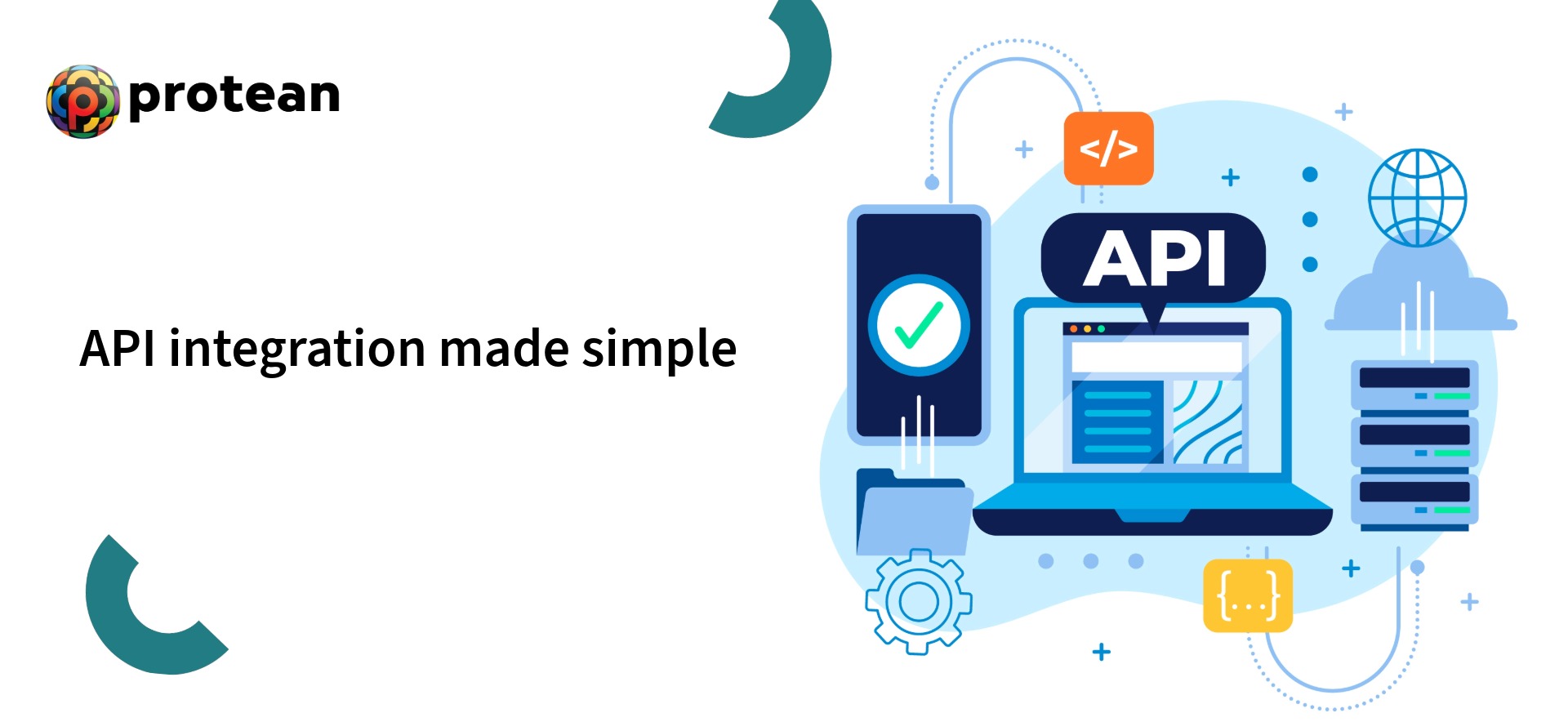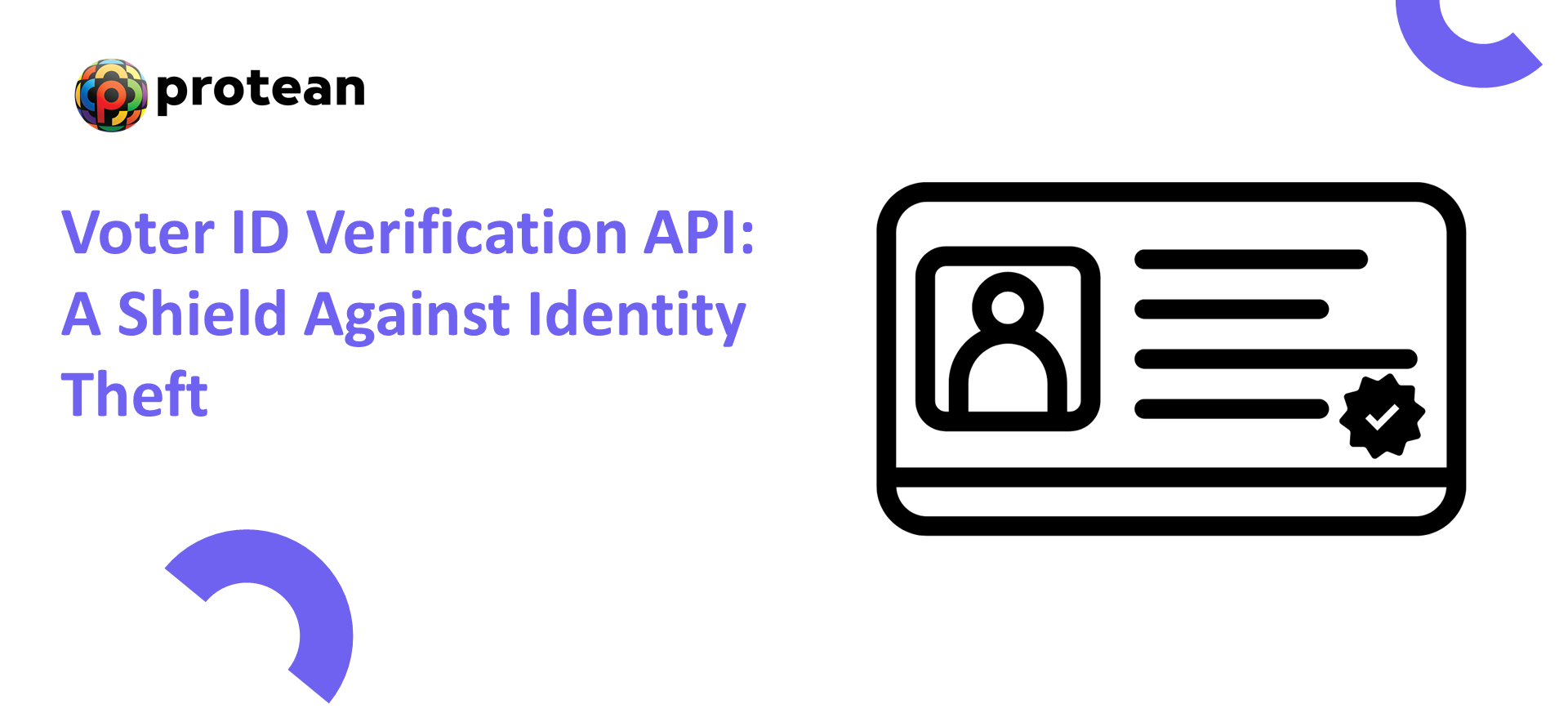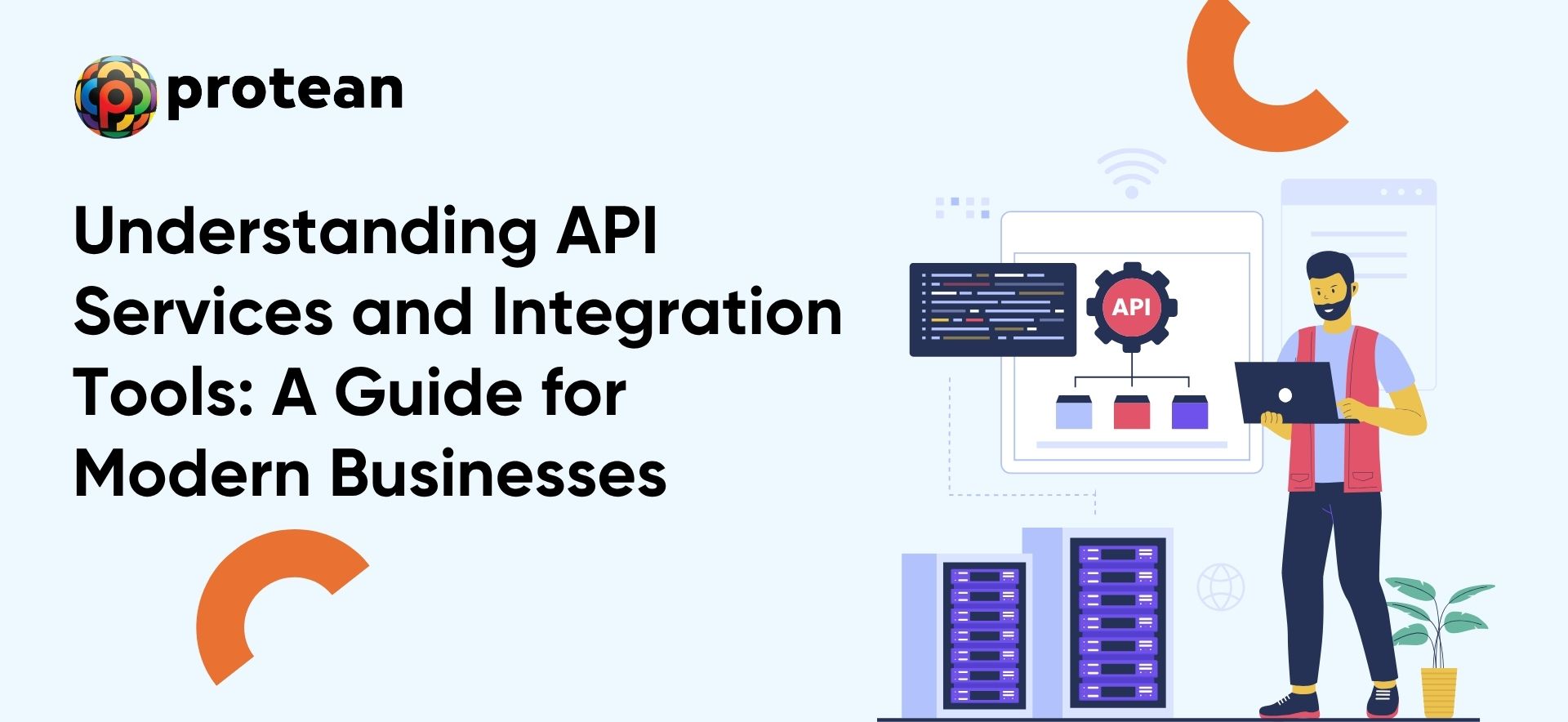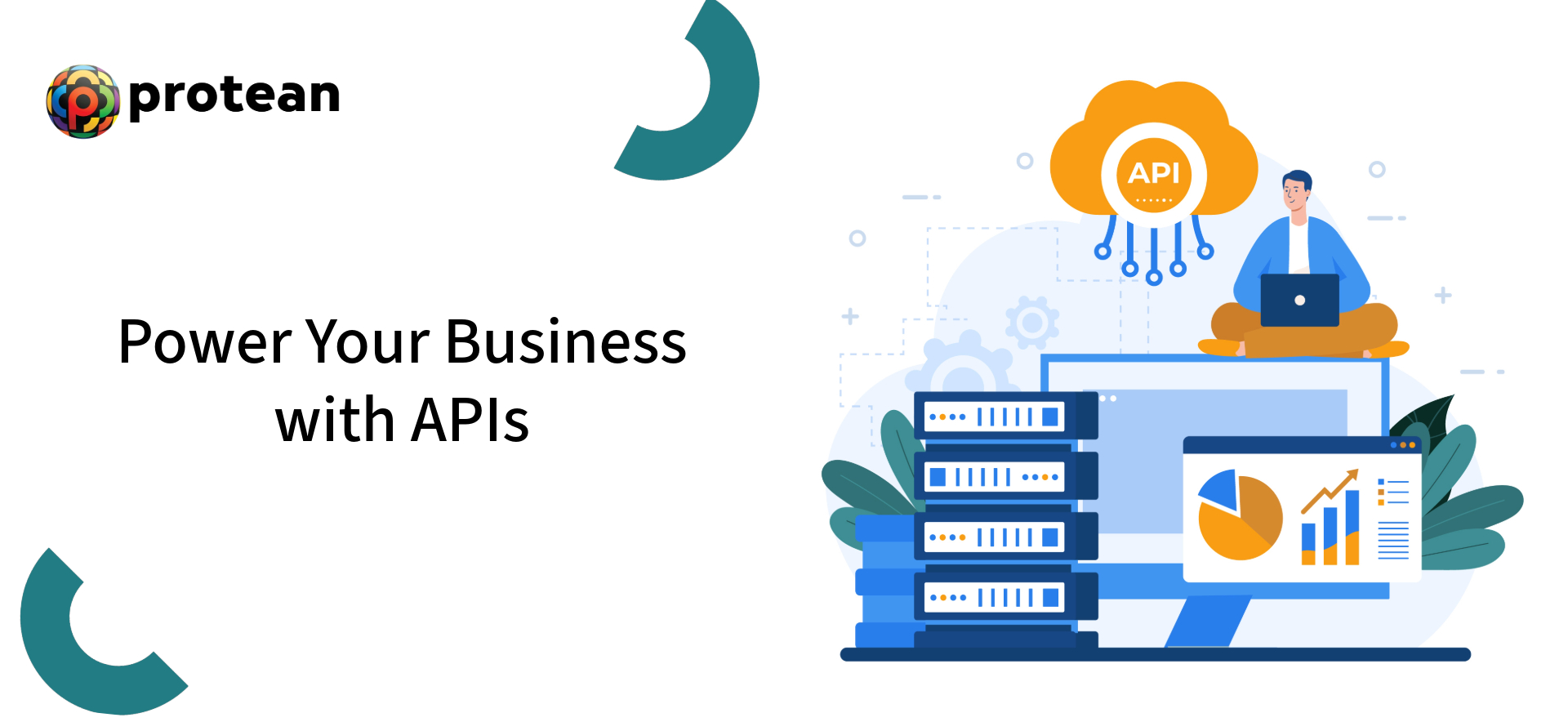Blogs
Why API Integration is a Must for Your Digital Platform
What is API integration’s role in business process optimisation? In the digitalised business ecosystem, one can benefit the most by using API solutions. A well-connected platform with sophisticated API integration can help businesses keep up with the demand of the connected world.
Seamless connectivity can help a business unlock:
- Efficiency
- Innovation
- Growth
These features can make API integration an essential strategy for any forward-thinking business.
What is API Integration? A Simple Explanation
So, what is API integration?
An Application Programming Interface, or API, is a set of rules and protocols that enable different software applications to communicate with each other. It can perform the following functions:
- It defines a set of rules and protocols that allow separate systems to communicate and request information from each other.
- Perform actions without needing to know how the other system is built
API integration is the process of using these APIs to connect disparate software and databases. This connection can create a unified network where data flows automatically and functionalities from one application can be used within another, building a more powerful and cohesive system.
Why API Integration is a Strategic Necessity
So, what is API integration strategically?
As you move beyond the technical term, API integration is the engine that can do the following:
- Power automation
- Enhance user experiences
- Accelerate innovation.
Organisations that leverage this technology can gain a significant competitive edge.
Here is why API integration is a strategic need:
- API integration can drive massive operational efficiency. It can automate workflows by eliminating the need for manual data entry between systems. Your CRM, email marketing platform, and accounting software can communicate seamlessly. Data is synchronised in real time, thereby reducing human error and freeing up valuable employee time for more strategic tasks. This automation can therefore directly translate into lower operational costs and increased productivity.
- With APIs you can create superior customer experiences. A modern user expects a seamless journey. An API can enable your platform to pull in functionalities from other services to enrich your offering. This can include integrating a payment gateway for smooth checkouts, embedding Google Maps for location services, or connecting to social media for easy logins. These integrations can create a feature-rich, convenient, and cohesive experience that boosts customer satisfaction and loyalty.
- Instead of building every single feature from the ground up, developers can leverage existing APIs from third-party services. Thus, an API can help them add new capabilities quickly and cost-effectively.

Choosing the Right API Integration Strategy
Your approach to API integration should align with your business goals and technical resources.
For many businesses, using an Integration Platform as a Service (iPaaS) is an effective route.
These platforms can provide pre-built connectors and a low-code environment to build and manage integrations quickly. For more complex or unique requirements, a custom-built integration may be necessary, offering greater flexibility but requiring more development effort.
A hybrid approach can provide the best of both worlds, using an iPaaS for standard connections and custom code for specialised needs, ensuring scalability and control.
Conclusion
In a world where digital ecosystems reign supreme, API integration is not just a technical nice-to-have. It is the foundational layer upon which modern, agile, and scalable businesses are built. It can connect your systems, automate your processes, and empower your platform to deliver the seamless experiences that define market leaders today.
Frequently Asked Questions (FAQs)
Q1: What is an API? What is the main benefit of API integration for my business?
An API (Application Programming Interface) is a set of rules that lets different software applications communicate with each other. One of the main benefits of API integration is automation, enabling systems to share data automatically, saving time, reducing errors, and enhancing operational efficiency.
Q2: Is API integration secure?
Yes, when implemented correctly. Modern APIs use robust security protocols and encryption to protect data in transit. It is essential to follow best practices for authentication and authorisation to ensure that only approved applications can access your data, making the connections both powerful and secure.
Q3: What are some real-world examples of API integration?
You use API integration every day. When you see a Google Map embedded on a company's website, that's an API at work. When you pay for a product online using PayPal, that is a payment gateway API. Travel booking sites that show flights and hotels from various providers in one place are another powerful example.
Q4: What is the difference between an API and a web service?
While related, they are not the same. A web service is a type of API that almost always operates over the internet using a network. All web services are APIs, but not all APIs are web services. An API is a broader concept that can also define how software components interact on the same device, not just over a network.
Q5: How can I tell if my digital platform needs API integration?
Your platform needs API integration if you experience common pain points like extensive manual data entry between applications, disconnected customer experiences, or a slow pace of innovation because you have to build every feature from scratch. If your teams work in data silos and lack a single source of truth, an API strategy is the solution.






